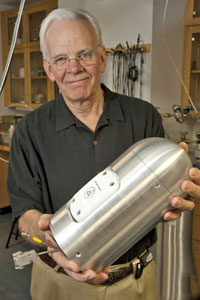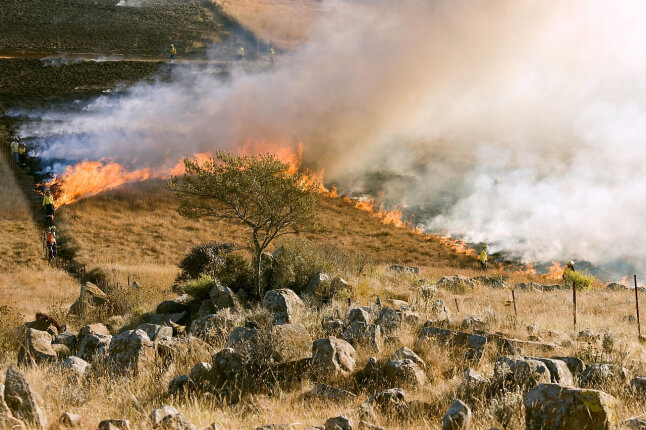News
The experiment would release a tiny amount of sulfate into the atmosphere to learn about chemistry in the air. The project would have no effect on the climate at any scale. (Photo courtesy of Flickr user neilalderney123.)
The following article appeared on July 17, 2012, in the New York Times' Green blog, by Henry Fountain.
Two Harvard professors said Tuesday they were developing a proposal for what would be a first-of-its-kind field experiment to test the risks and effectiveness of a geoengineering technology for intervening in the earth’s climate.
The experiment, which would be conducted from a balloon launched from a NASA facility in New Mexico, would involve putting “micro” amounts of sulfate particles into the air with the goal of learning how they combine with water vapor and affect atmospheric ozone.
The researchers, James G. Anderson, a professor of atmospheric chemistry, and David W. Keith, whose field is applied physics, said the amounts involved would be so small that they would have no effect on climate — locally, regionally or globally. “This is an experiment that is completely non intrusive,” Dr.Anderson said.
(His remarks contradicted a report in The Guardian that the experiment would involve spraying tens or hundreds of pounds of “sun-reflecting chemical particles into the atmosphere to artificially cool the planet.”)
A full response by the researchers to The Guardian story can be read here.
Geoengineering is a catch-all term for technologies that have been proposed for combating climate change. The technologies fall into two categories: those that would remove some of the heat-trapping carbon dioxide already in the atmosphere, and others that would reduce the amount of sunlight warming the planet.
The Harvard researchers’ proposal would focus on an often-suggested means of reducing sunlight: injecting sulfate particles into the atmosphere, where they would combine with water vapor to form aerosols that would reflect some of the sun’s rays. The process would mimic what happens naturally from the eruption of large volcanoes like Mount Pinatubo in the Philippines, which in 1991 spewed millions of tons of sulfur, cooling surface temperatures by about 1 degree Fahrenheit for several years.
But sulfate particles also affect chlorine in the atmosphere,converting it to a form that destroys ozone, a gas that shields the earth from some harmful solar radiation. So before anyone can seriously suggest injecting sulfates into the atmosphere, the effect on ozone must be studied, the researchers said.
Dr. Anderson bristled at the suggestion in The Guardian report that the experiment would use large amounts of the particles.“The whole point of this is to avoid using any quantities of anything that could possibly damage the ozone layer,”he said.
To read the entire article, click here
Topics: Environment, Climate, Applied Physics
Cutting-edge science delivered direct to your inbox.
Join the Harvard SEAS mailing list.
Scientist Profiles
James G. Anderson
Philip S. Weld Professor of Atmospheric Chemistry
David Keith
Associate in Environmental Science and Engineering





